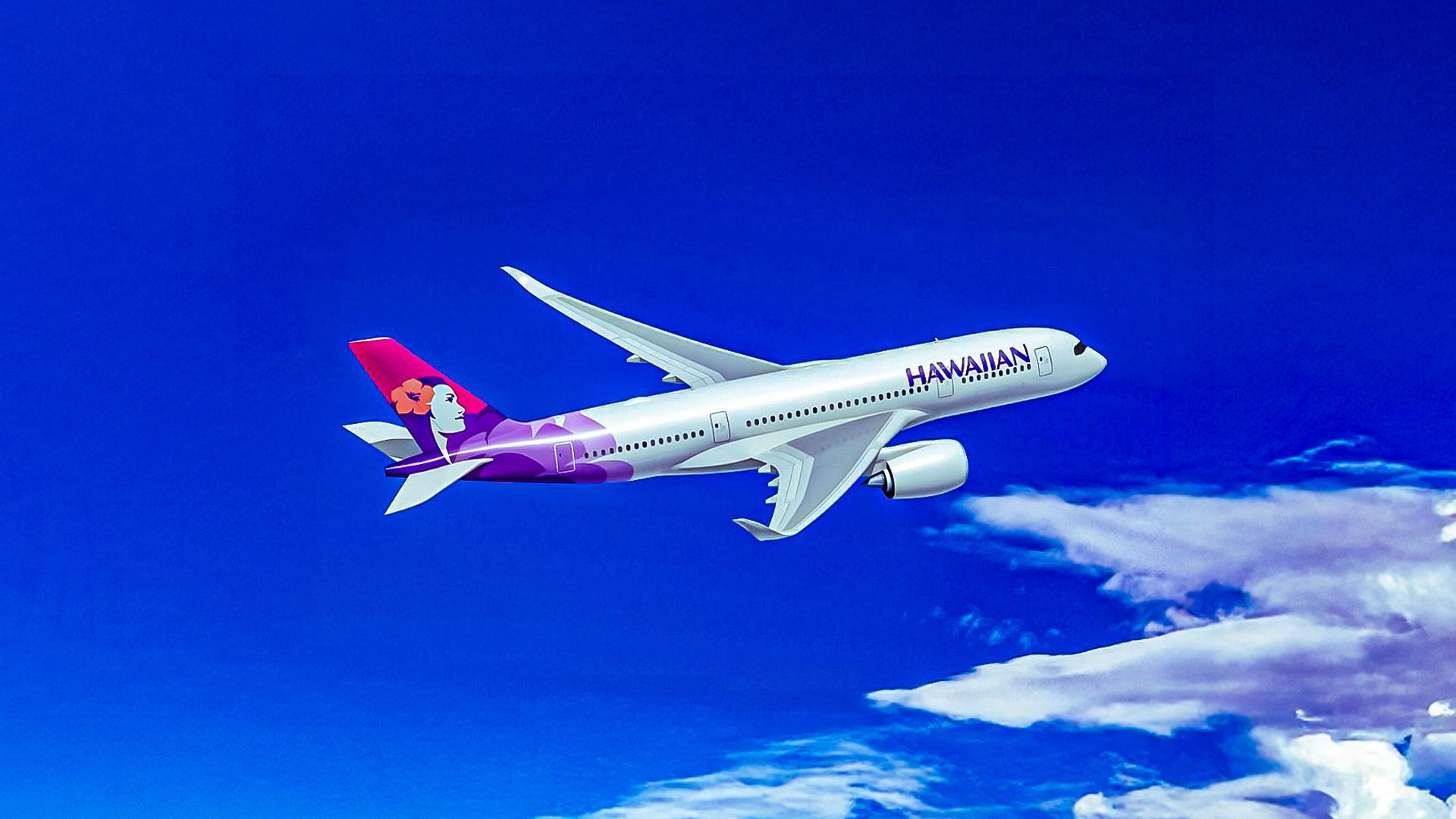In a significant strategic pivot, Hawaiian Airlines has shifted its long-haul fleet strategy by moving away from Airbus aircraft in favor of the Boeing 787. Initially, in 2008, the airline placed a notable order for six Airbus A350-800 models, intending to modernize its fleet and enhance operational capabilities. However, the A350-800’s commercial viability faltered, leading Hawaiian to eventually cancel its order and opt for the Boeing 787 instead.
Background of the Airbus Order
Hawaiian Airlines announced its 2008 order for the Airbus A350-800 alongside six Airbus A330-200s, aiming to support a multi-phase capacity growth strategy. This dual-order was particularly strategic, as the A350-800 was designed to complement the airline’s Honolulu-based network with its next-generation technology. The goal was to secure future aircraft availability during a time of high demand in the market.
The Airbus A350-800 was touted as a competitive solution, promising operational efficiency without the additional capacity of its larger sibling, the A350-900. This initial order positioned Hawaiian to enhance its long-haul operations while maintaining its established relationship with Airbus.
However, as the A350 program matured, the A350-800 struggled to gain traction in the market. The model was overshadowed by the more popular A350-900, which offered better operating economics. Industry analysts have since referred to the A350-800 as the “widebody that never was,” noting its dwindling backlog and eventual cancellation in 2014.
Pursuing New Opportunities with Boeing
Faced with the cancellation of the A350-800, Hawaiian Airlines reassessed its fleet strategy. In December 2014, the airline replaced its six A350-800 orders with six Airbus A330-800neo models. This decision aimed to leverage the aircraft’s modern engines and improved cabin experience while maintaining a similar size to the A350-800.
Despite this seemingly logical move, the A330-800neo struggled to attract additional customers. By 2018, Hawaiian Airlines announced plans to transition to the Boeing 787, marking a significant shift in its fleet strategy. This decision allowed the airline to align with a more widely adopted platform, facilitating easier pilot recruitment and financing.
The transition to the Boeing 787 not only improved operational flexibility but also reduced overall program risk. The shift away from Airbus models highlighted the challenges the manufacturer faced in sustaining the A330-800neo’s market presence against the successful Boeing 787.
The Future of Hawaiian Airlines’ Long-Haul Strategy
Today, Hawaiian Airlines’ long-haul strategy is now integrated into the broader framework of the Alaska Air Group, following a merger that was finalized in September 2024. The airline is focusing on expanding its long-haul network, utilizing the Boeing 787-9 aircraft for flights originating from Seattle. Some of these orders are even being converted into larger Boeing 787-10 models to accommodate increased demand on transpacific routes.
Back in Hawaii, the Airbus A330-200 remains a critical component of the fleet, serving as the workhorse for day-to-day operations. Hawaiian Airlines is also introducing a premium economy cabin to enhance the passenger experience and improve yield management. This shift is part of a broader strategy to ensure that flights are well-filled and that unit costs remain low.
In the next year, the airline plans to continue leveraging its long-haul capabilities to serve new global destinations, including multiple European cities. The Boeing 787’s operational advantages are expected to play a pivotal role in this expansion.
Hawaiian Airlines’ journey from the Airbus A350-800 to the Boeing 787 illustrates the complexities of fleet management in the aviation industry. The airline’s adaptability in response to market changes highlights its commitment to operational efficiency and the pursuit of strategic opportunities.
